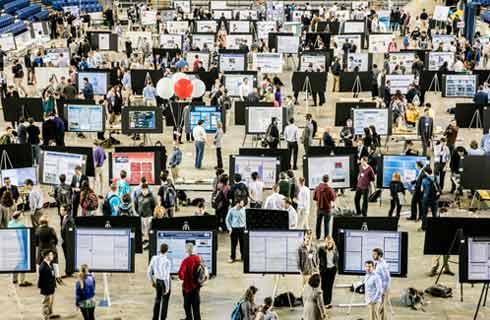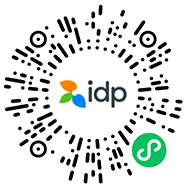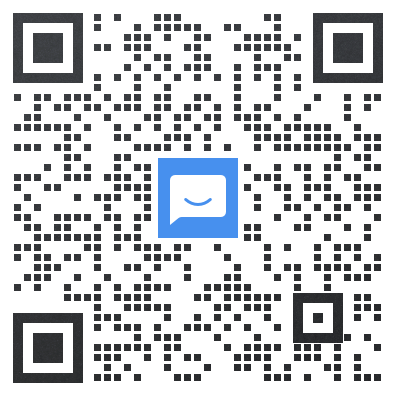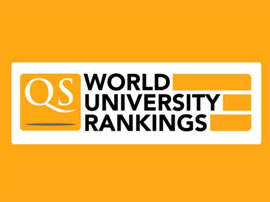中东和南亚研究文学硕士
Master of Arts in Middle Eastern Studies

学历文凭
Masters Degree

专业院系
Department of Middle Eastern and South Asian Languages and Cultures

开学时间

课程时长

课程学费

国际学生入学条件
IDP—雅思考试联合主办方

雅思考试总分
7.0
了解更多
雅思考试指南
- 雅思总分:7
- 托福网考总分:90
- 托福笔试总分:600
- 其他语言考试:NA
CRICOS代码:
申请截止日期: 请与IDP顾问联系以获取详细信息。
课程简介
MESALC's multi-disciplinary MA degree is intended for students seeking graduate-level training in Middle Eastern or South Asian languages and an in-depth knowledge of the Middle East (including North Africa) or South Asia. It has been used by our students either as a stepping stone to a PhD program or as a way to acquire the necessary knowledge and skills for government or non-government work. The MA program in Middle Eastern and South Asian Studies emphasizes language skills and cultural knowledge and sensitivity. We try to help students get to the point of being able to understand these parts of the world from the inside. Students choose a regional focus (either the Middle East or South Asia) and a regional language (either Arabic, Hebrew, Persian, Hindi, Urdu, or Sanskrit). Those accepted into the Middle East side of the program with an interest in Arabic need at least a second-year proficiency in the language, but students focusing on Persian or Hebrew may apply without previous language study. No previous language training is required for those accepted into the South Asia side of the program.
相关申请
 预科
预科 奖学金
奖学金 实习机会
实习机会 在校学习
在校学习 跨境学习
跨境学习 校园授课-线上开始
校园授课-线上开始 在线/远程学习
在线/远程学习
学校排名

世界排名107
数据源:泰晤士高等教育世界大学排名
关于弗吉尼亚大学

弗吉尼亚大学是全美国最知名公立大学之一当200多年前,美国第三任总统托马斯.杰佛逊创办UVA时,他的心愿是将学校办成一所国家级的公立大学。如今他的愿望已然实现,根据US News的排名,UVA是两所全美最好的公立大学之一。24000名学生正在12个学院追逐他们的学术梦想。UVA要求文理学院和商学院的学生在毕业之前掌握一门外语,文理学院的学生还必须参加英语写作、人文和艺术、社会科学、自然科学和数学、非西方研究和作文的课程。非常有能力的学生可以得到Echols Scholars项目的录取,这个项目给予200名顶尖的新生机会去寻求学术探索,而不需要受专业领域要求限制。
本校相关课程

Doctor of Juridical Science
学历文凭
Ph.D.
开学日期
课程费用总额


Juris Doctor
学历文凭
Juris Doctor
开学日期
课程费用总额


Juris Doctor/Master of Arts in Philosophy
学历文凭
Combined Graduate / Doctoral Degree
开学日期
课程费用总额


Juris Doctor/Master of Arts in History
学历文凭
Combined Graduate / Doctoral Degree
开学日期
课程费用总额


Juris Doctor/Master of Arts in Government
学历文凭
Combined Graduate / Doctoral Degree
开学日期
课程费用总额


Juris Doctor/Master of Arts in English
学历文凭
Combined Graduate / Doctoral Degree
开学日期
课程费用总额

其他相关课程

民族研究文学学士学位
 夏威夷大学马诺阿分校
夏威夷大学马诺阿分校学历文凭
Bachelor Degree
开学日期
课程费用总额


妇女和性别研究文学硕士(非洲研究)
 卡尔顿大学
卡尔顿大学泰晤士高等教育世界大学排名:511
学历文凭
Masters Degree
开学日期
课程费用总额


Bachelor of Arts in Race and Resistance Studies
 旧金山州立大学
旧金山州立大学学历文凭
Bachelor Degree
开学日期
课程费用总额


Bachelor of Arts in American Studies
 德克萨斯大学达拉斯分校
德克萨斯大学达拉斯分校学历文凭
Bachelor Degree
开学日期
课程费用总额


Bachelor / Master of Arts in Modern Culture and Media
 布朗大学
布朗大学泰晤士高等教育世界大学排名:65
学历文凭
Combined Baccalaureate and Master's Prog
开学日期
课程费用总额


Bachelor of Arts in Human Development - Women's Development
 加州州立大学东湾分校
加州州立大学东湾分校学历文凭
Bachelor Degree
开学日期
课程费用总额


























